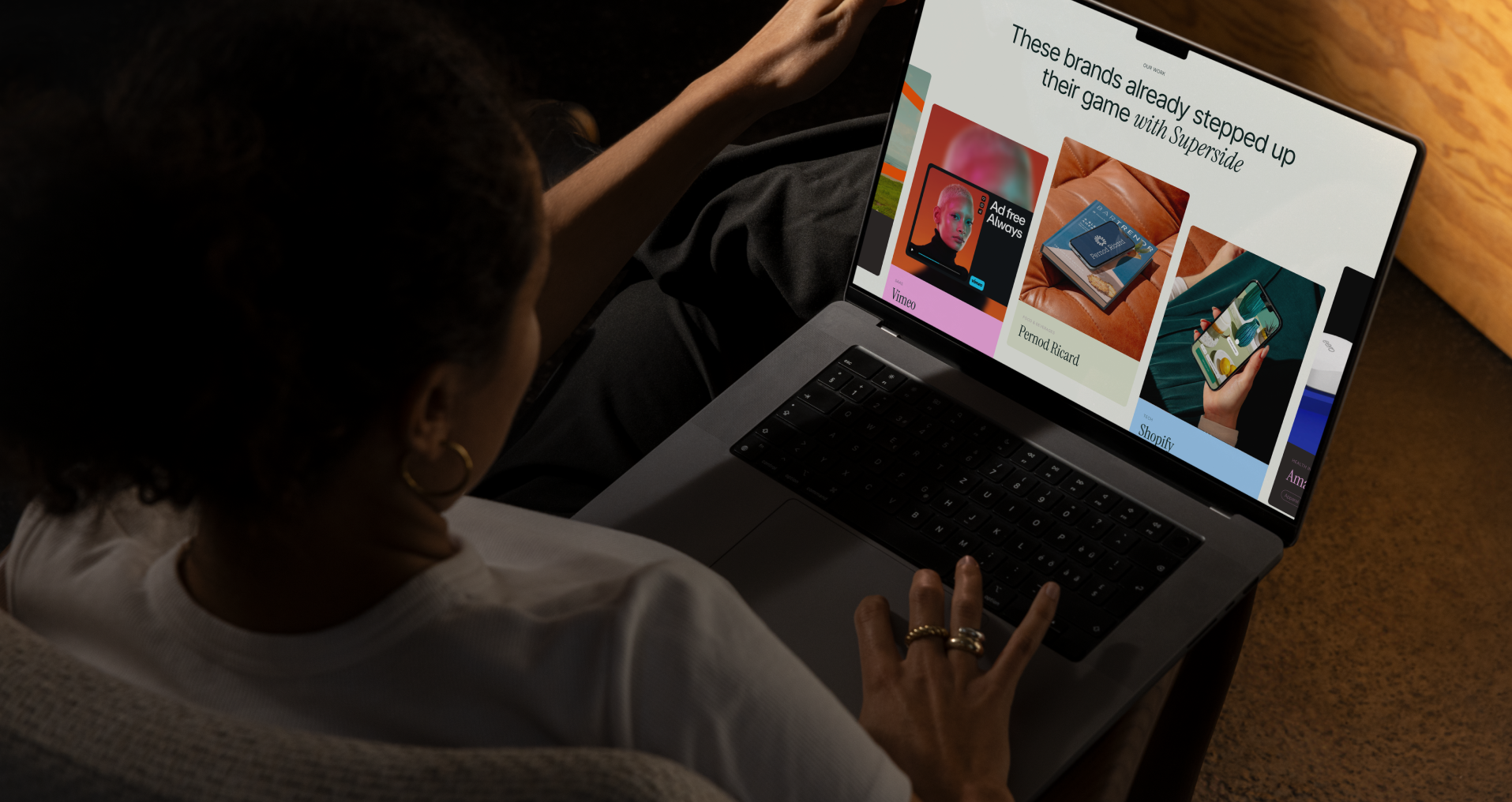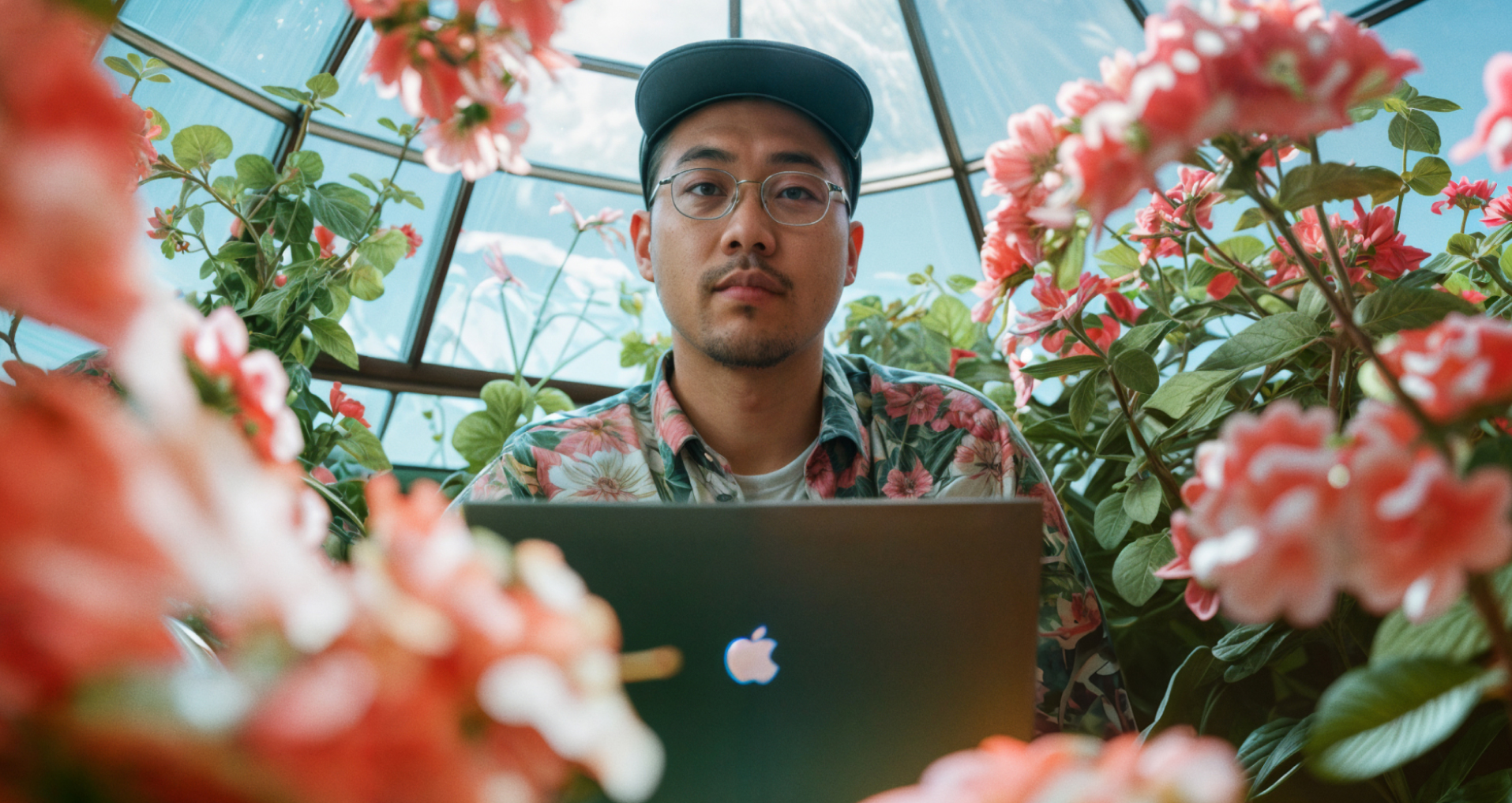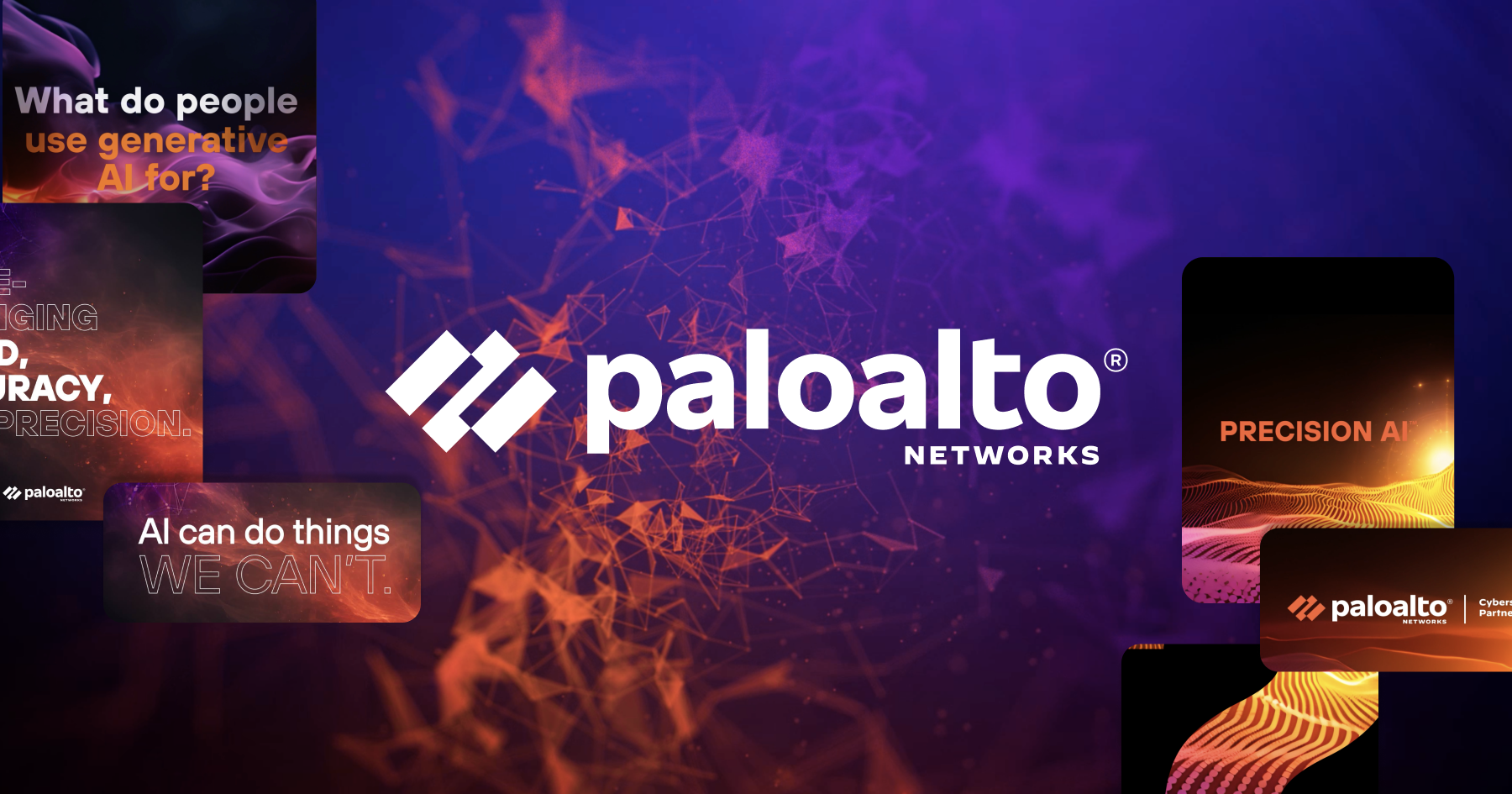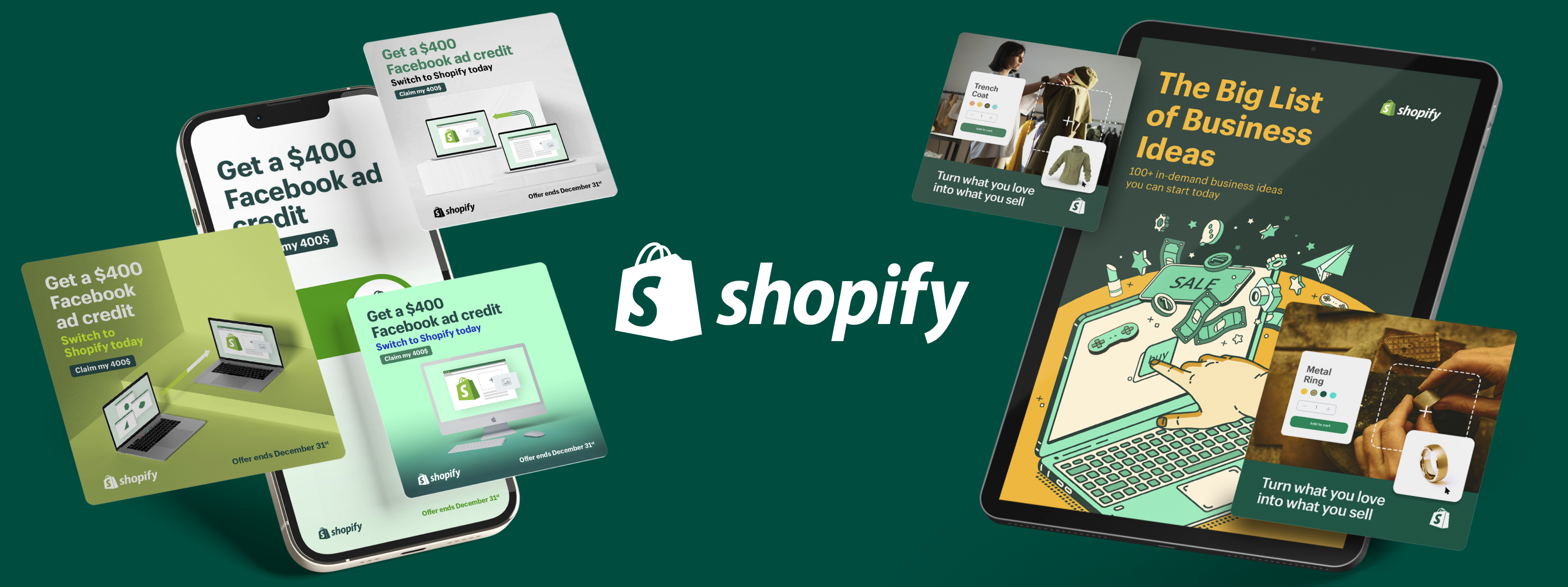Anne Purves: The Ongoing Evolution of DesignOps at Pinterest
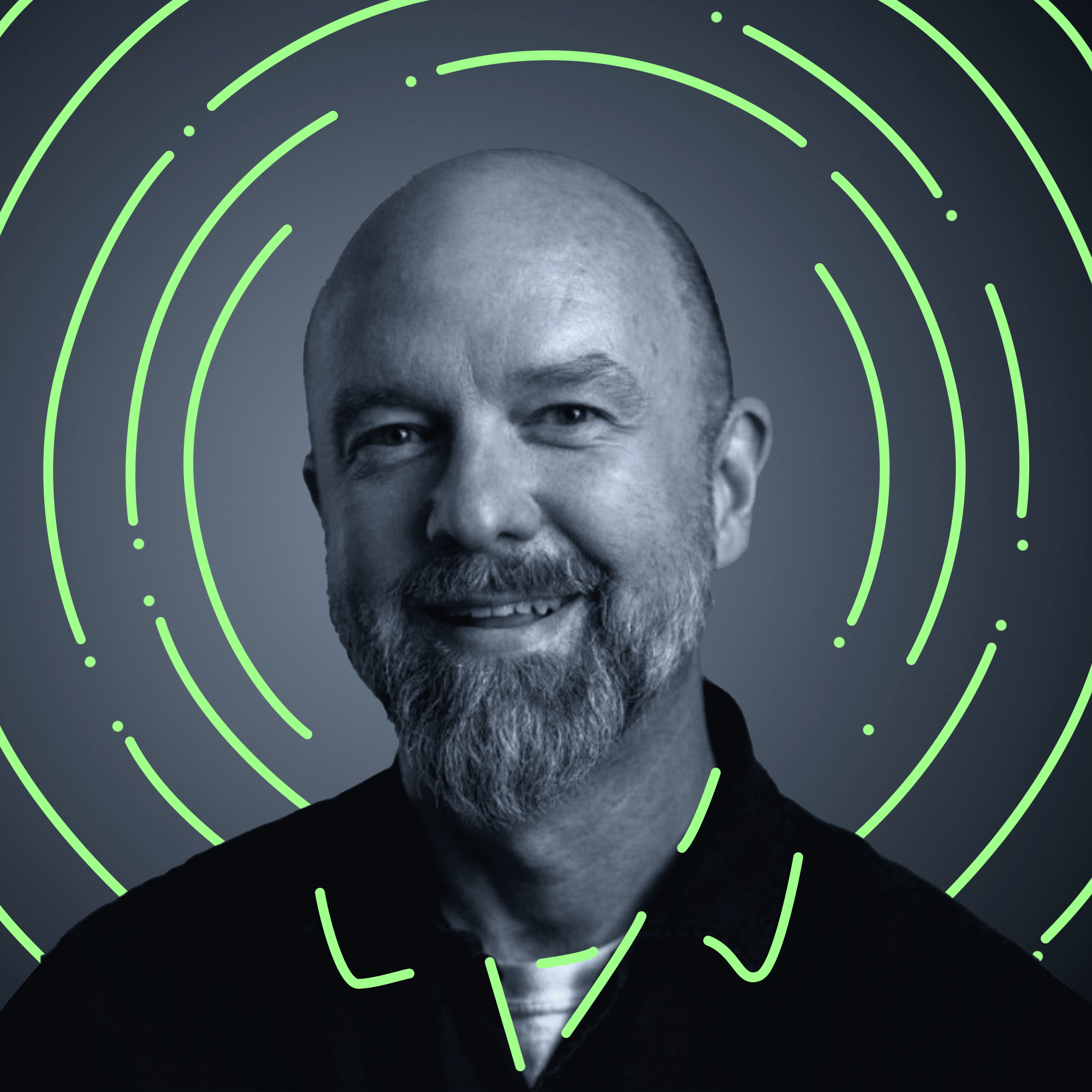

Superside is an always-on design company that delivers top-quality creative at scale to enterprise teams. This interview is part of our recurring series “Creative Thinkers,” where we talk to amazing people about career challenges, the transformative role design has played in their lives and what it means to be creative.
Introduction
Anne Purves never meant to become a DesignOps guru, she came to it honestly. A creative thinker with a flair for process, Purves honed her DesignOps chops like so many do—by working through tensions between design teams and spending time navigating the agency life. Now the Director of Design Operations at Pinterest, Purves is empowering design leads to take more ownership over their domains. It's helping to solve high-impact issues for the business, but is it the future of DesignOps?
"I grew up in a town called Appleton, which is Northeast Wisconsin, outside of Green Bay."
You've heard of the Packers? It was a small town upbringing so I didn't have a ton of exposure to design but I've always been interested in the arts. I was into performing and choir and theater from middle school through high school. I just felt like, I like this, these are my people. I was never very into math and science, and more analytical subjects never really interested me. In the arts I really came alive, and in things like creative writing and English I thrived and found my stride.
Of course, I took a hard left when I went to college—I actually ended up in business school. I was still interested in performing and I was in singing groups and things like that, but when thinking about what I wanted to do, I thought advertising and marketing were pretty cool and would allow me to be a little bit more creative and also make a living.
I went to the University of Richmond in Virginia, and was accepted into their business school. I graduated with a degree in marketing and moved to New York to work in advertising. I graduated during the recession, so there weren't a ton of jobs, but through some connections from university, I ended up working at a music production studio called Bang Music.
Find this on Giphy at SupersideAnne
"I got into the world of DesignOps by happy accident."
Bang works with a lot of advertising agencies to create original music and audio post for commercials. Agencies would call them and say, "Hey, we have a 30-second Reese's Pieces spot and we need some original music behind it. Here's our budget, here's the vibe we're looking for and here’s when we need it."
I started there working at the front desk. I was right out of college and I jumped at the opportunity even though it wasn’t exactly what I had studied. My mindset was, "I'll do it. I'll do anything you need me to do." and it ended up being a really great experience. I got to work with a lot of really talented musicians and audio engineers, and see their creative process.
I also got exposure to a lot of different advertising agencies. How did they put briefs together? What are they asking for? How do their timelines work, what are their budgets, what are their constraints?
Eventually I worked my way up to being a producer, and I would work directly with the agencies, taking their briefs, figuring out which composers made sense to use, making sure that it stayed on budget, on time and that we were delivering to the brief. Looking back, that's really where I got into the world of DesignOps. It was a happy accident.
Download this as Anne Purves-inspired pattern as an Adobe Illustrator file. As Purves told us: "Frank Lloyd Wright is my design fave."
Refining DesignOps Through the Agency Lens
After a few years in New York, I got engaged and my now-husband had a job opportunity in San Francisco. I didn't have a job out here but one of my connections through Bang knew someone who worked at Jawbone, which was making portable Bluetooth speakers at the time.
They had a design team, and they were trying to fill a producer role. I thought, "I worked at a music company. I'm pretty organized. I'm sure I can figure this out." When I started there I sat with the product design team. It was a mix of product designers—focused on software for the app and imagining what the experience of controlling the speaker would look like on your phone—and some industrial designers who were designing the physical speaker.
In this role, I got exposure to the hardware and software world. And eventually I started seeing this tension between engineering and design, and a lack of collaboration. I started stepping in and taking on more project management responsibilities. It was a really informative experience because it got me thinking about how we break down the wall between designers and engineers.
One of my mentors at Jawbone came from the design agency side and encouraged me to get more exposure to that kind of business. He said, "Hey, I think an agency would be a really great step in your career—you’ll be working with clients on a variety of different problems and getting exposed to a different type of work environment." So he connected me with some folks at a design agency called Method.
It was a great group of people and a pretty small company, which I liked because I felt like I could make a lot of impact. That’s where I learned the most about design operations and being able to balance different types of clients and personalities, understanding how contracts and legal works, figuring out how to set up a project for success and how to assemble and communicate with a team of designers who trusted me. I learned how to enforce, but also support and be a team player. That was a huge learning experience for me that set me up really well for operations—understanding what it is and how to actually get stuff done and delivered. What we’ve come to know as DesignOps all came from the agency side. That's where this whole thing started.
Download these Anne Purves-inspired color swatches as an Adobe Swatch Exchange file.
"We put producers on the biggest, messiest problems we face at Pinterest."
Strategy and the Evolution of DesignOps at Pinterest
I've been at Pinterest almost 4 years, and the role of design operations has been at the company for about five years. Meredith Black started the design operations team. She was the first producer here and she built the team and the discipline. When I started as a producer, I think there were three others. Now I manage a team of seven program managers, so the foundation that Meredith built has definitely scaled.
When I started at Pinterest, the role of the producer was pretty scrappy and project management heavy. The company is broken up into different pillars or focus areas.
For example, there's a growth pillar that's focused on getting people to sign up or come back if they haven't used their account in a while; there's a core pillar that’s focused on the experiences that we give you after you’ve signed up; there's an advertiser pillar and so on.
Every producer was embedded in a pillar and were responsible for making sure that every project that design worked on within each pillar was clearly scoped, had a brief, and was staying on track and on time. We also made sure we were creating transparency for the entire organization, working with product management and engineering to ensure the train was staying on the tracks and that we could deliver what we committed to when we said we would.
Eventually, I moved into management. At first, I was managing a few producers; now I lead our entire team. Meredith has since left, and just this past year we decided to shift the role of producer to design program manager.
We made this shift to better leverage the skills of the team and ultimately have broader impact on company goals—a lot of the work producers were doing was in the weeds and really detailed. Instead of having our producers embedded in a pillar, focusing on every project that design worked on, we decided to take our operations team and partner them more closely with design leadership. We pulled them out of those embedded positions within the pillars and instead put them on the biggest, messiest problems that we face here at Pinterest.
This enabled the team to be a lot less tactical, and work as thought partners with design leadership at a higher strategic level than they had been in the past. To keep everything on track we've empowered our design leads and designers to take on a lot more of the project management responsibilities.
When we made the transition there were designers that were not thrilled about the change, but we wanted to further empower our design leads to take more ownership over their domains, be the cross-functional point of contact and understand what action items are needed to get a project done. Design leads and design managers partner closely together to ensure that we're hitting the goals and deadlines that we say we're going to hit.
We now staff DPMs on our highest impact, messiest and most cross-functional projects. They are focused on working with leadership to take really ambiguous goals and figure out the best operational approach; helping to set up the process and organization, communication, etc. So far, the model is working pretty well. We’re also doing a lot of educating on project management techniques for the broader design team, trying to give them the tools to set up and manage their own processes.
As we scale and grow our design team, I do see a world where there are DPMs and project managers if we need them, but for right now this more strategic focus is what makes the most sense for us. It’s how we can have the most impact, not only for our team, but also for the business, because we are focusing our people's strengths on Pinterest’s highest priorities.
Download this quote as desktop wallpaper or for Instagram stories.
How Empathy Can Bridge the Gap Between Product and Design Teams
When I'm chatting with people in the design community I almost always hear them asking, “How do I get design to have a seat at the table in my organization?” Especially in tech, especially in the Valley, there's a lot of engineering driven companies, so a lot of people are wondering, "How do I build this design function? How do I get visibility? How do I get my cross-functional partners to think about design as a partner and not an afterthought?"
I'm very fortunate to have worked at a lot of companies that are very design focused. Even Pinterest was co-founded by a designer, so it's baked into the culture here. That said, I recognize that it's a really challenging problem if you're coming at it from a company that doesn’t value design. It's hard and takes time to educate somebody about the importance of design and design thinking. I don't think there is a silver bullet solution for any of this, but I do think the first step to building understanding comes down to building empathy.
There are a couple of different techniques to help do that in your day to day: First, you need to get cross-functional teams face to face, sitting together so that they're collaborating in real time. The simple act of sitting together, exposes engineers to design thinking and how designers work (and vice versa—designers get exposed to how engineers think through problems and build product). Getting non-designers to realize, hey, designers aren’t just looking at a screen wondering "How can I make this look better?" They're actually thinking about the user, what we're trying to accomplish, what experience users are going to have, and how we can create something that makes sense for them. Bringing engineers and cross-functional partners along on the journey and exposing them as much as possible to the design process works wonders for building a common understanding and empathy.
If your organization sees that there's a strong relationship between the heads of product, engineering and design, then that's going to be mimicked throughout the company, because it shows that there's a partnership. If every decision is made by your head of engineering, then that creates a different model for people—it looks like engineering gets to make all the decisions and design is just more of a service in the organization.
Ultimately when you have a strong relationship between product, engineering and design you're going to build a better product that's more holistically thought out: You know that there's a market need, you know what problem you're trying to solve, you know what users are looking for and how to solve it—then you know how to build it and execute it really well. If any one of those factors is more heavily influenced, the product isn't going to be as good as it could be. That's the ultimate reason why there needs to be strong partnerships across your organization, because ultimately that's what makes great product.
This interview has been condensed and edited for clarity.
Designed by Superside, inspired by Anne Purves: "Something with clean edges, tidy, organized." Download this free font.
You may also like these

Peter Merholz: How Agile Can Turn Designers Into Pixel Pushers
IntroductionPeter Merholz is an experienced design executive and author who's become a master at building effective design teams. The one challenge he keeps witnessing is the negative impact that Agile transformations can have on design. The solution? We need to strengthen our design leaders—they need to push back on the systems that are trying to turn their teams into cogs in a machine.I just didn't know what else you would do with computers. It wasn't until I was a few years into college that I became aware of human-computer interaction and those types of things. If you had met me in high school I would've said I wanted to go into advertising. So I had some sense that I wanted to be in a creative field.I ended up getting a BA in anthropology from UC Berkeley. Part of the reason I pursued an anthropology degree was that it allowed me to take classes in videography—essentially filmmaking—because Berkeley didn't have a real film program. So I’ve always had some interest in those acts of creation, but as the anthropology degree suggests, I really had an interest in understanding humans.
Jenna Bilotta: The Biggest Design Problem to Solve is Diversity
IntroductionJenna Bilotta, the VP of design, Premium, at Spotify, knows what it’s like to feel alone at work. In one of the first meetings she had as a young designer working for Google, she was the only woman in a room of 18. That sense of isolation followed her from Google to YouTube to Dropbox, but it never diminished her passion for effecting change along the way and, now, at the leadership level. After all, she says, diverse perspectives drive the best design and that’s what we all want, isn’t it?When I was little, I made my own paper dolls with full wardrobes. I was always drawing and creating little creatures and environments and worlds for myself. When I was a little bit older, I was certain I’d become an architect. So I started drawing the houses in my neighborhood and other buildings, but at some point I realized the actual discipline of architecture was far too precise for my taste.When I was in high school in the mid-90s, computers were just starting to become more accessible to households and families outside of businesses. We got a computer in the art room and I thought it was the coolest thing ever. It had, like, Photoshop 2. I didn't really understand what digital art was, but I was definitely interested.
Jasmine Friedl: How Intercom Creates Inroads for New Designers
IntroductionJasmine Friedl knows how hard it can be to land that dream job. Sure, she’s the Director of Design at Intercom today and she’s led teams at Udacity, the Chan Zuckerberg Initiative and Facebook, but her career in design has never come easy. Hard work, risks and a lucky break are what helped her really get a foot in the door. And now that she’s doing the hiring, Friedl can see the barriers to young talent more clearly than ever—from criteria-free recruiting to an overreliance on high-profile experience. But she’s not playing that tired old game. She’s changing it.We didn’t have a lot. My parents are super conservative—religious—and that actually plays a lot into who I am today. I went to private schools: a Mennonite school for grade school, and a Christian school for junior high and high school. There were 16 people in my graduating class, maybe 75 in the entire high school. I came out feeling that you could be anything or do anything if you just wanted to, mostly because in a school that small, you had access to experiences that might have been limited with more students, and therefore more competition.When I graduated, I thought I was going to be a mechanical engineer; that's what my brother had gone to college for, and it seemed legit. I went to Iowa State University and took calculus and a bunch of science courses. Then, on a whim, I decided I wanted to take an art class too, some drawing 101 class. To get a seat in one of the sections, you had to enlist in an art major, so I chose graphic design. I ended up being pretty decent at the whole design thing—was in the top five in the program for my year, won some excellence awards and all that. It hadn’t been my intention to be a designer then—I still wanted to try everything, be a generalist like in high school—but when I got that recognition for it, I was like, "Okay, this seems feasible."
